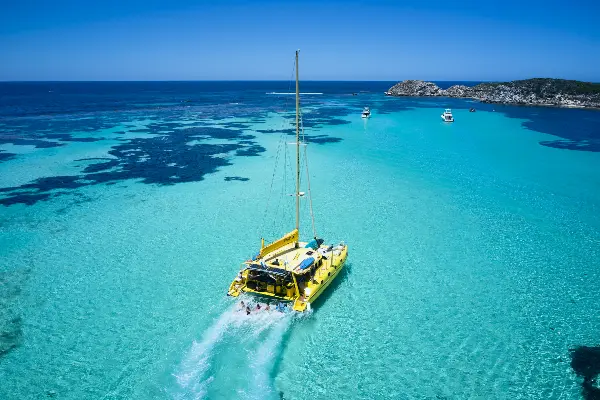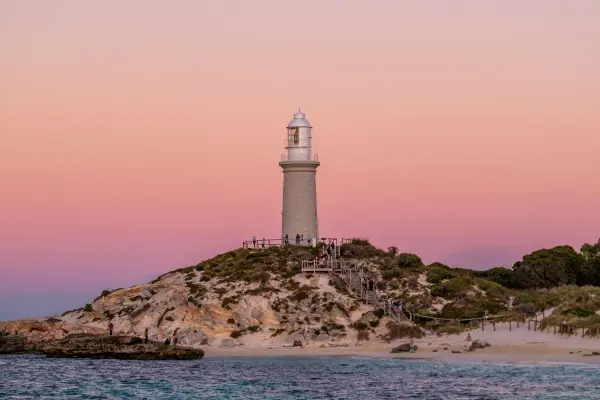When you dive into the warm waters of Wadjemup / Rottnest Island, you meet the most unique marine gardens. Tropical fish, stingrays, octopus, and even the occasional dolphin pod; for a moment in time you become immersed in their world.
“Snorkelling around an island is full of opportunities that you just can’t find on the mainland,” says Annabelle, marine biologist and Rottnest Snorkel guide. “It’s all about the diversity of the underwater ecosystems and the range of coral and fish species that dwell in each region.”
Warm currents and limestone homes
The Leeuwin Current flows down from Indonesia, stimulating the growth of tropical coral around the island's marine gardens. This current also increases the water temperature by four degrees compared to the coast of Western Australia, expanding your experiences underwater.
The diversity of island snorkelling
Snorkelling beneath the surface of island waters is unique. There are the tropical corals and fish species on the south side, and the deeper waters of the north attract bigger fish and stingrays. Embarking on a snorkelling adventure around an island like Wadjemup also means that there is always somewhere sheltered to go.
“When the wind and swell are high on one side, we can find calm waters on the other side of the island. There are always protected spots and ideal snorkelling conditions to be found,” says Jesse Pesch, Rottnest Snorkel. “Island snorkelling means that we can travel just 20 minutes by boat and be in a whole new marine environment.”
Snorkelling amongst tropical fish and coral on the south side
The popular snorkelling spots in the south — Salmon Bay and Parker Point — are where you will find yourself in an underwater world reminiscent of Hawaii or the Caribbean Sea. Swimming amongst the vast seagrass and kelp beds, which carpet the homes of 135 species of tropical fish, will begin to feel as common as passing suburban grassed ovals.
Wrasse, dusky morwong, and big schools of black bream are common sightings, swimming past as you admire each new species of coral. There’s lilac-coloured cauliflower or brain coral, turquoise and pale pink branching coral, and plate coral — these flat discs may not burst through the colour palette, but they have the unique ability to swell their flesh and move autonomously around the ocean floor.
Observing larger fish and stingrays in deeper, northern waters
When you venture to the island's north side, you will swim in deeper waters that attract bigger fish and even stingrays. Geordie Bay and Fay’s Bay are built on limestone caves that tempt deeper sea snorkellers and divers. Closer to the shore, those skimming the surface will spot emerging crayfish, burrowing stingrays, and even a gloomy octopus (Octopus tetricus) or two.
“Octopuses are territorial so they will always return to the same rock or crevasse, making them easy to find around the island,” explains Anabel. “We often get to see the octopus changing the colour, and even texture, of their skin within a matter of seconds. From maroon brown to kelp green, rough limestone to silken seagrass. It’s magic.”
Unforgettable moments with underwater wildlife
While a gloomy octopus encounter is high on the experience list for snorkellers, stingrays, dolphins, and even a passing whale migration are all possible sightings.
“When you venture out on the Rottnest Snorkel boat from Thomson Bay, you get access to underwater areas that you just can’t reach from the shore. We will often have dolphins playing at the bow as we slowly make our way around the island and, when in season, we spot whales migrating in the distance.”
“There was one occasion in the waters of Parker Point where we got to witness up to eight stingrays cruising along the ocean floor. They would whip up the sand, burrow in, and then peacefully keep swimming,” says Jesse. “They’re actually quite curious and will come close if they feel safe.”
Playing your part in marine conservation
Like the land, the waters of Wadjemup are protected. There are five marine sanctuary zones that require strict conservation efforts to keep them thriving; it’s vital that everyone plays their part.
- Look but don’t touch (or take) – Rottnest Island’s reef and coral systems are delicate so it’s important that you don’t touch, break, or stand on the reef at any time. And as the saying goes, take only memories.
- Reduce high traffic – Small group tours are necessary to help reduce the human impact on sanctuary zones. Joining an organised snorkelling tour will ensure that the correct numbers are counted.
- Safe waste disposal – No rubbish should ever go into the sea, and you should also wear reef-safe sunscreen if you plan to swim, snorkel, or dive.
- Take time to get educated – With a guided snorkelling tour, you learn about the underwater environment you’re about to enter. This knowledge will include the right techniques to snorkel within a marine sanctuary zone.
"With a marine biologist guiding your snorkelling adventure, you really learn how to avoid putting unnecessary stress on the coral. Because, without a healthy coral ecosystem, smaller fish won’t have the habitats, food, and protection they need. And without small fish species, the larger fish won’t venture into the reef looking for food,” says Annabelle. “It’s all working in a delicate balance.”
Going deeper
For those with a penchant for diving, you’ll find limestone ledges and drop-offs that grow fascinating coral formations. And caves that were once part of the earth connected to the mainland. These underwater valleys are sanctuaries for marine life and rival some of the best diving spots in Western Australia and around the world.
Snorkelling is a call to silence. A chance to witness the incredible workings of an entire ecosystem that you can’t experience unless you merge with it. Calm, still, and slow. Underwater, you’re part of it all.
Tips for a time well spent
Make your visit even more meaningful with helpful advice from those in the know.


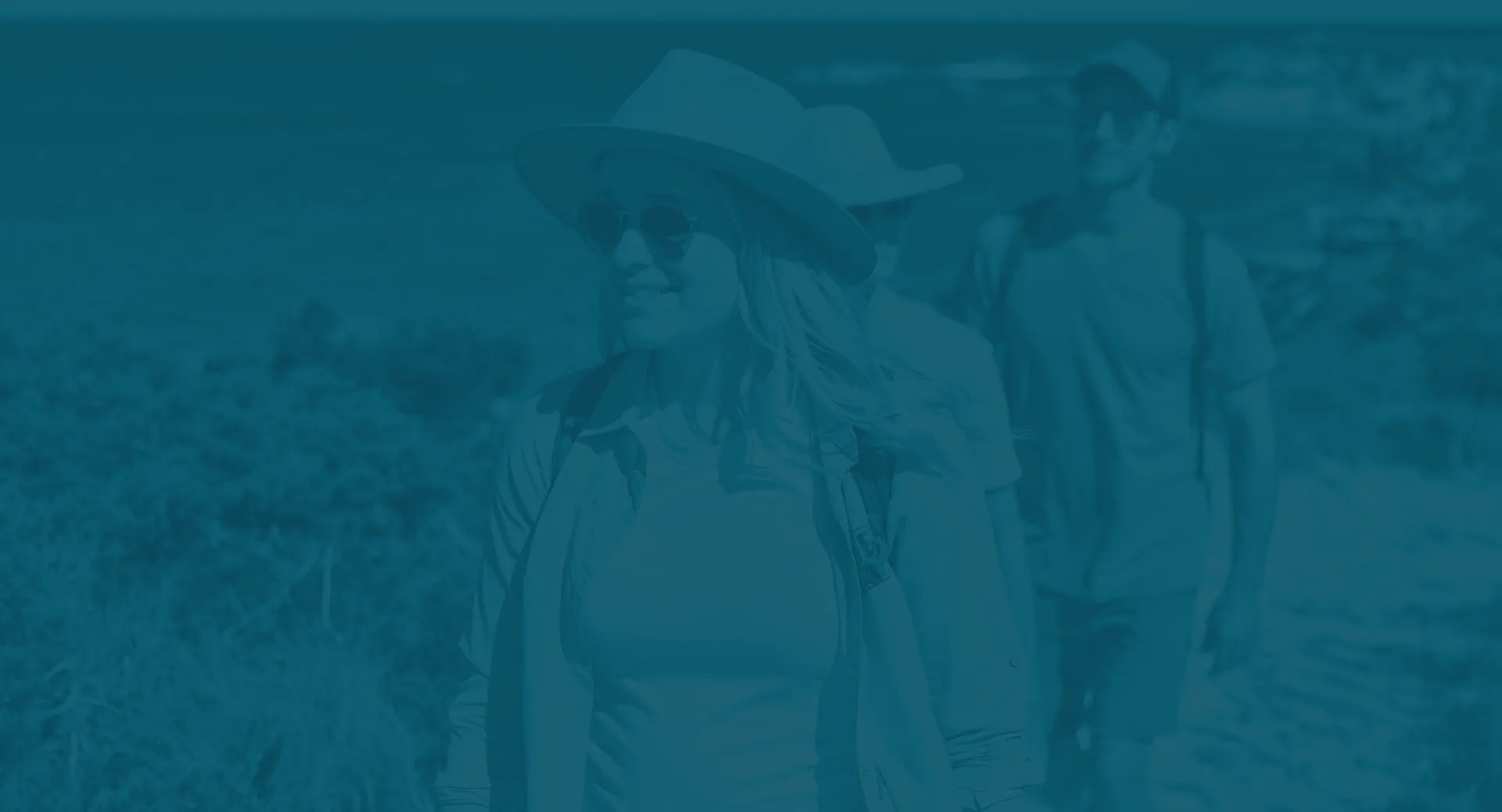
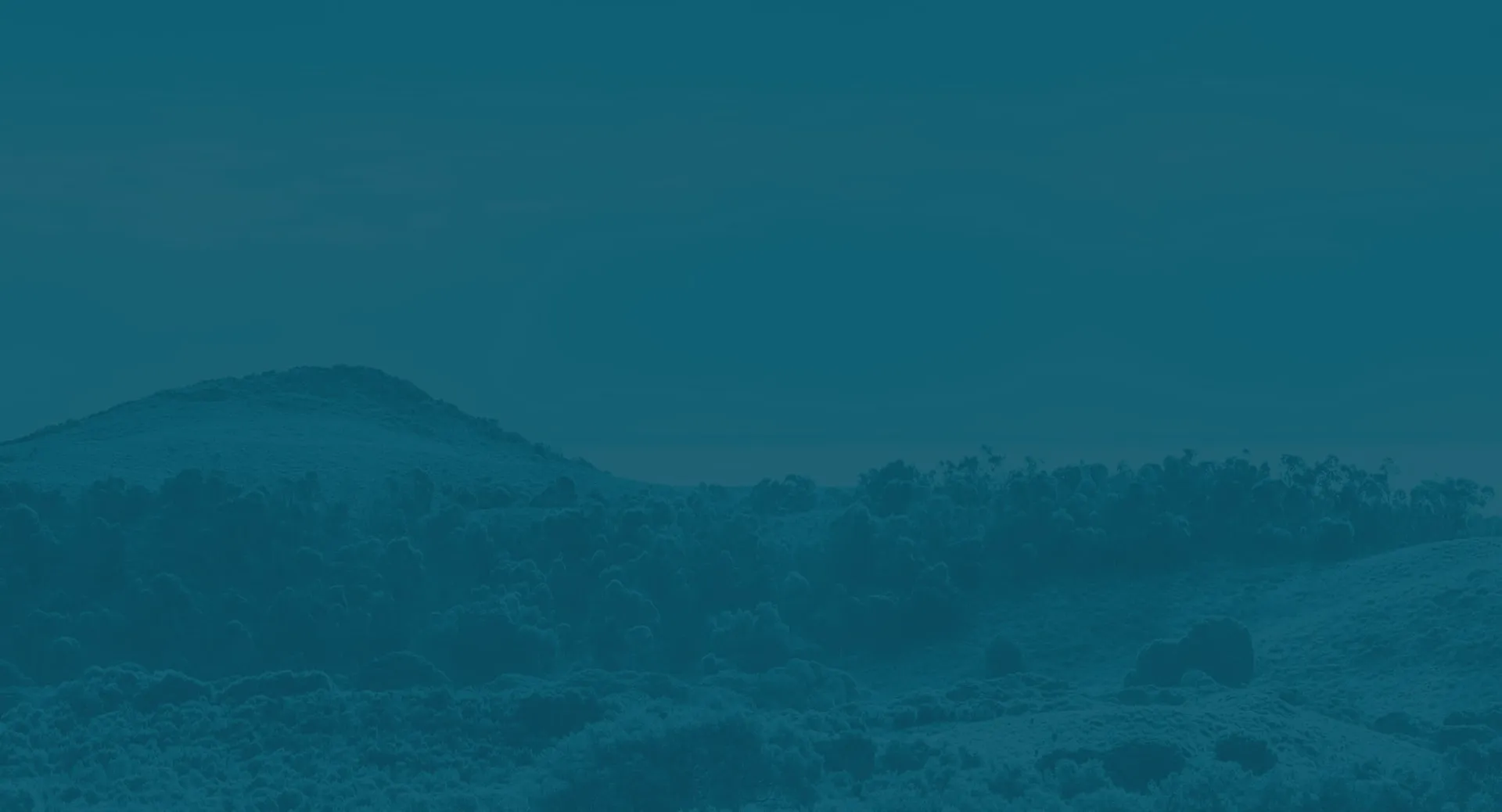

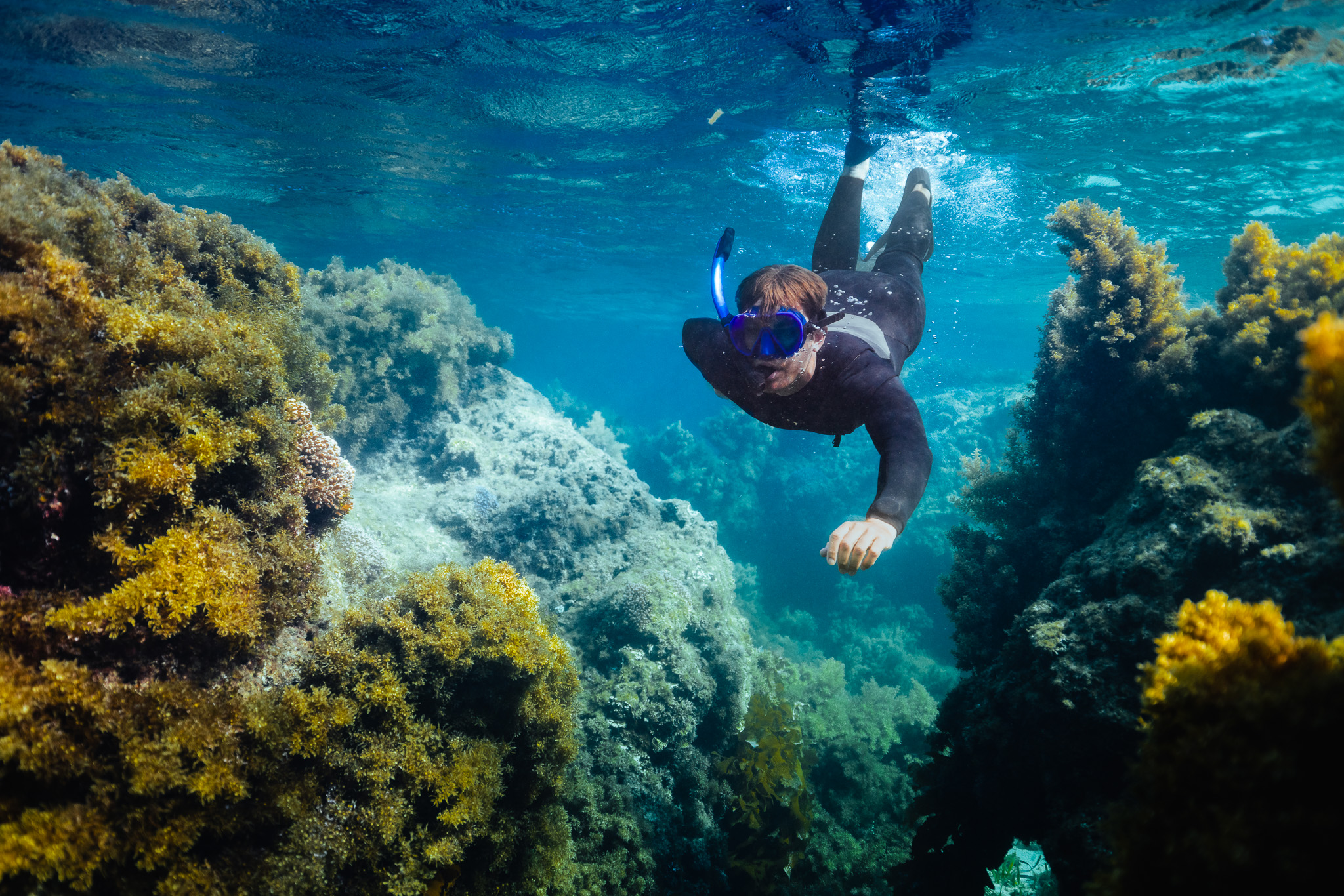
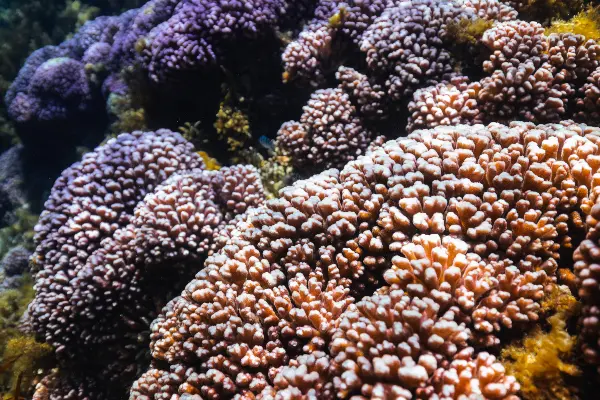
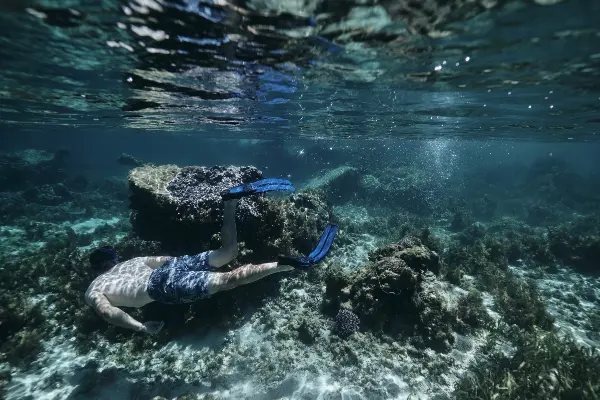
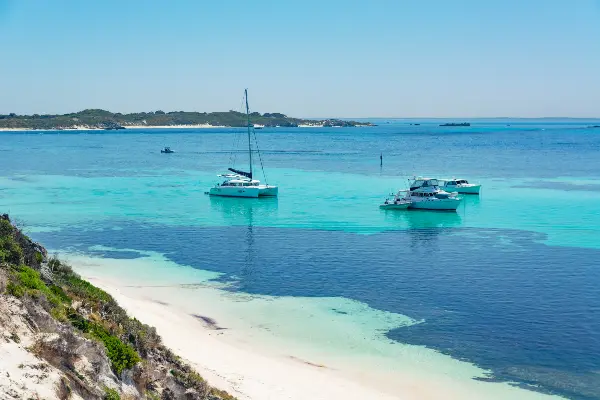
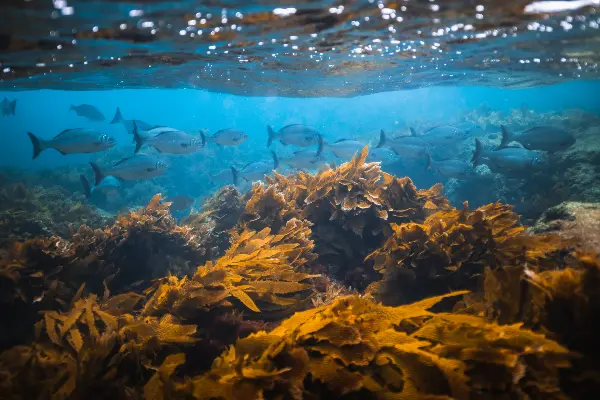
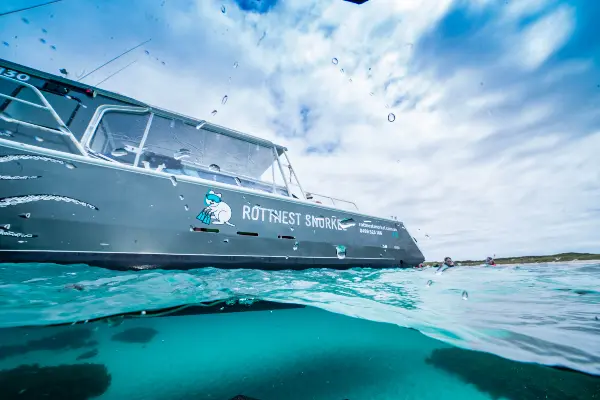
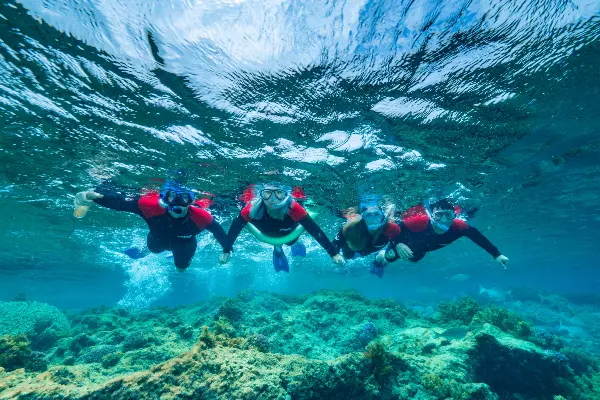
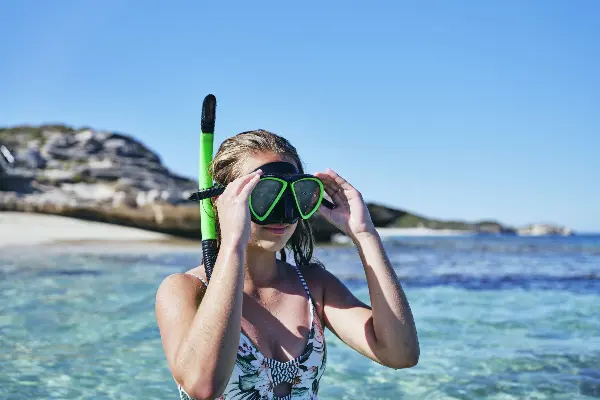
_low-res-180.tmb-fallback.webp?Culture=en&sfvrsn=e8f80bc1_1)
